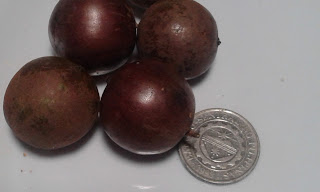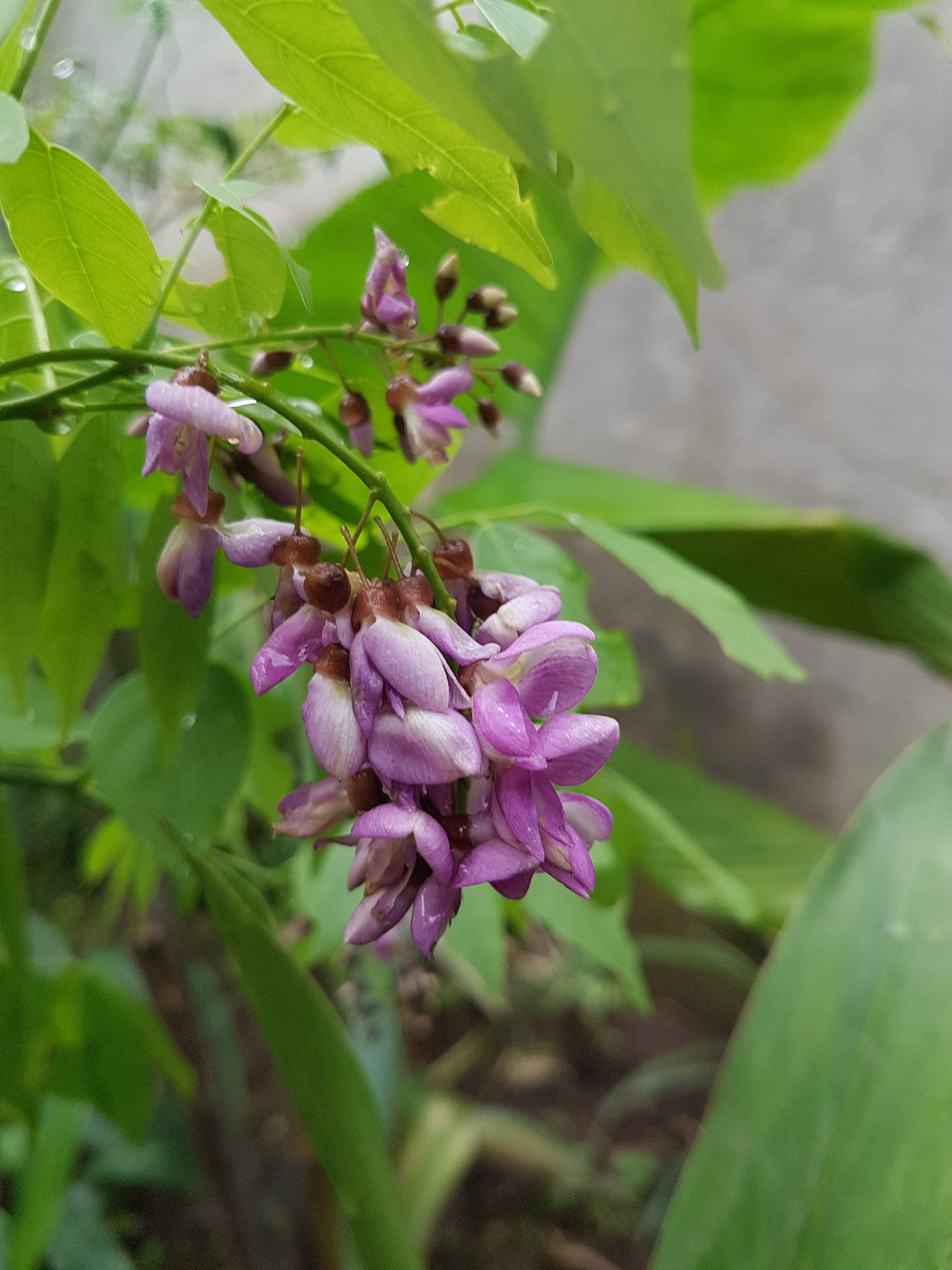Island Garden City of Samal, Davao Del Norte: See the teeming Fruit Bats at the Monfort Bat Colony
| The efforts of the Monfort family to preserve this Bat Colony is admirable. |
Wikipedia notes that "the Indigo-Monfort family has maintained the area since the 1900s. Norma Monfort is the current owner of the 57 acres of land including its 1.8 million fruit bats. She enclosed the property to discourage any possible bat hunters. Additionally, she hired 24 hour guards to protect the bats." Evidently, because of this admirable effort of preserving the habitat of these bats, Norma Monfort was named 2011 Disney Worldwide Conservation Fund Hero."
***
***
The tour of the cave is quite interesting as the opening of the cave billets the mature bats, male and female and the mating ones can be observed. The rest of the sections are the male wards (which according to my allergic mom, the foulest of all), the nursery and lastly, the elderly section.
***
***
***
The place has the picturesque landscape from the green trees to the scenic view of Davao Gulf contrasted by the tropical coconut trees. Alas, a breathtaking view for weary travellers!
***
In the yard, one can also see this pomelo-like fruit which they call "Miracle Fruit" for being a very effective herbal medicine. This is Cujete or Calabash tree. According to the locals, they slice this fruit and boil the pulp and make it into juice for drinks.
For an entrance fee of P100, the tourists are helping in defraying expenses in maintaining the area as well as in guarding it against possible intruders who know that the Bat poops are rich in nitrogen and can be harvested and sold in order to be used as gun powder. However, this gathering of foul poops is not countenanced as it is the imprint of the bats in finding their way back to their home everytime they go out to foray for their food.
This place is highly recommended as sidetrip when one is in the Island Garden City of Samal where beach choices are unending! Anyway, ebola virus, which is said to originate from fruit-eating bats, is still far from us.
***



Comments
Post a Comment